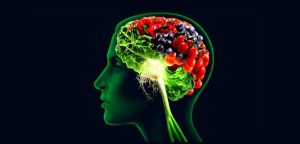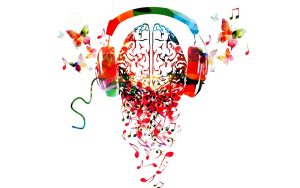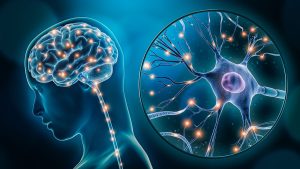Introduction
Hyperactivity is a term commonly used to describe a state of being overactive, impulsive, and easily distracted. It is an aspect of Attention Deficit Hyperactivity Disorder (ADHD) where individuals exhibit difficulty concentrating, maintaining attention on a task, and controlling their impulses. The symptoms of hyperactivity become apparent during childhood but can persist into adulthood. Studies have shown that hyperactivity is caused by a combination of genetic, environmental, and psychological factors. In this article, we will discuss the psychological triggers behind hyperactivity and how they impact individuals’ lives.
Psychological Triggers of Hyperactivity
1. Neurotransmitter Imbalances
Research has shown that hyperactive individuals have an imbalance of neurotransmitters, which are chemical messengers in the brain. Specifically, they have lower levels of dopamine and norepinephrine, which are neurotransmitters associated with attention, motivation, and reward. This neurotransmitter imbalance can lead to poor attention, impulsivity, and hyperactivity.
2. Executive Functioning Deficits
Executive functioning refers to a set of cognitive skills that enable individuals to plan, organize, prioritize, and complete tasks. Hyperactive individuals have been found to have deficits in executive functioning, which can lead to disorganized behavior, poor impulse control, and difficulty completing tasks. This can make it difficult for them to meet the demands of daily life, such as school, work, and relationships.
3. Emotional Dysregulation
Emotional dysregulation refers to the inability to regulate emotions effectively. Hyperactive individuals tend to have difficulty controlling their emotions, which can lead to increased impulsiveness and erratic behavior. They may also exhibit a tendency towards overreacting to minor stressors and having difficulty calming down after becoming excited or anxious.
4. Environmental Factors
Environmental factors, such as maternal stress during pregnancy, exposure to toxins, and a lack of early childhood stimulation, have been linked to an increased risk of developing hyperactivity. In addition, a chaotic or overly stimulating home environment can exacerbate hyperactivity symptoms in children and may lead to the development of hyperactivity in susceptible individuals.
Impact of Hyperactivity on Daily Life
Hyperactivity can have a significant impact on individuals’ lives, particularly in areas such as education, employment, and social relationships. Children with hyperactivity may struggle with academic performance and may have difficulty focusing and completing tasks, leading to poor grades. Adults with hyperactivity may find it challenging to maintain employment and may struggle with task completion and time management. Both children and adults with hyperactivity may experience problems with social relationships, such as difficulty making friends, impulsiveness, and a lack of self-control.
Treatment for Hyperactivity
Treatment for hyperactivity typically involves a combination of medication and therapy. Medications such as stimulants (e.g., Ritalin) can help improve attention and reduce impulsivity and hyperactivity. Therapy, such as cognitive-behavioral therapy, can help individuals develop coping strategies for managing their symptoms. In addition, lifestyle changes, such as regular exercise, a healthy diet, and a consistent sleep schedule, can also improve symptoms of hyperactivity.
Conclusion
In conclusion, hyperactivity is a complex disorder caused by a combination of genetic, environmental, and psychological factors. The psychological triggers of hyperactivity, including neurotransmitter imbalances, executive functioning deficits, emotional dysregulation, and environmental factors, can have a significant impact on individuals’ daily lives. Treatment for hyperactivity typically involves a combination of medication and therapy, alongside lifestyle changes. It is important to understand these triggers and treatments to support individuals with hyperactivity and their families to manage this disorder effectively.








